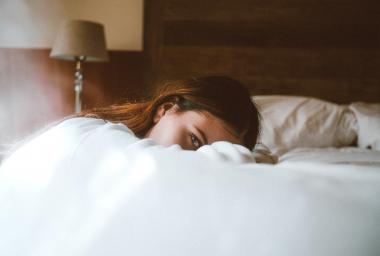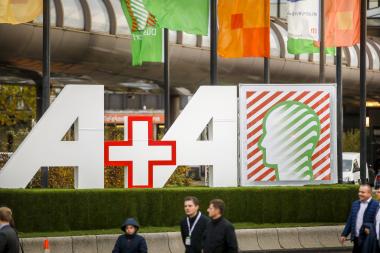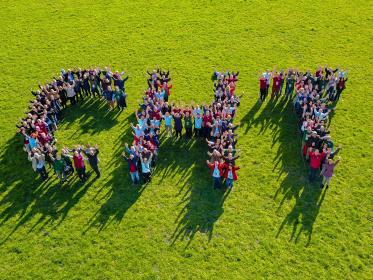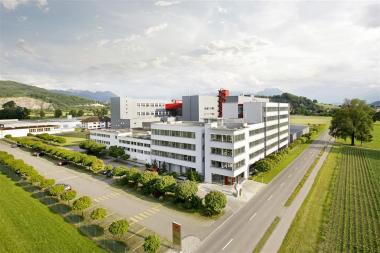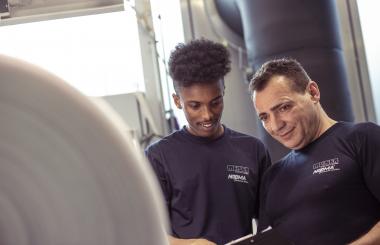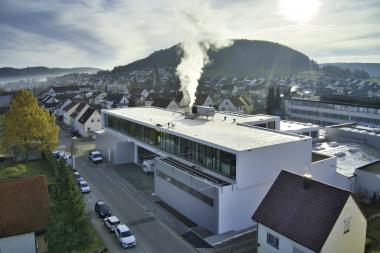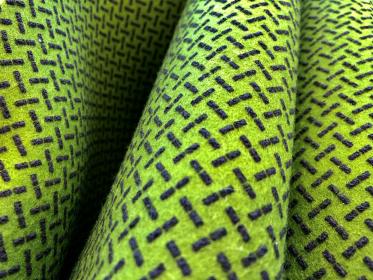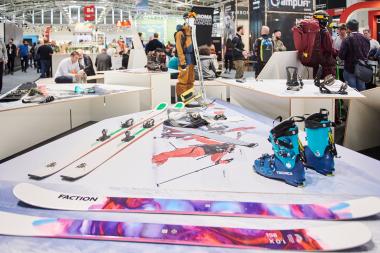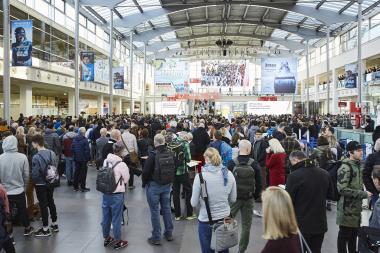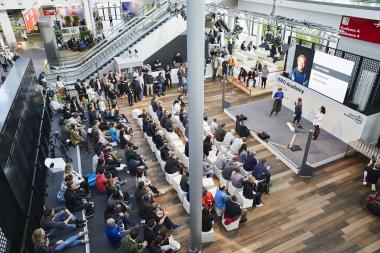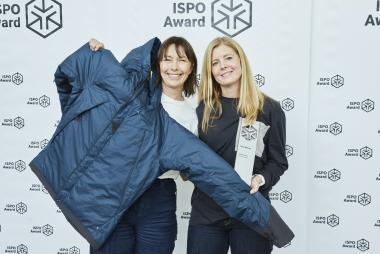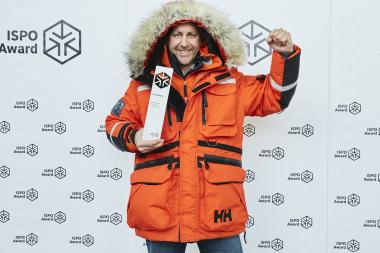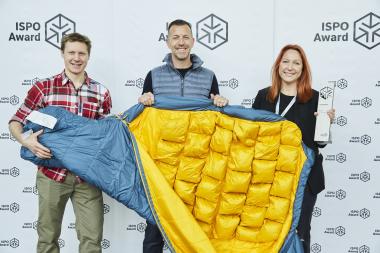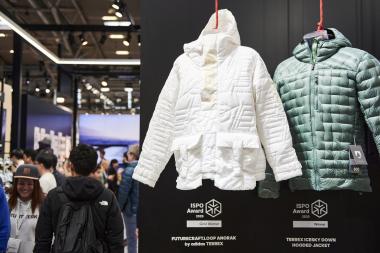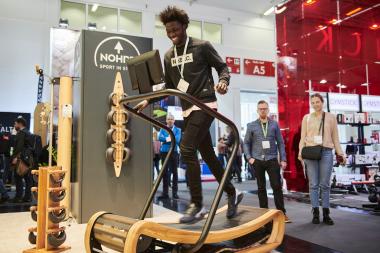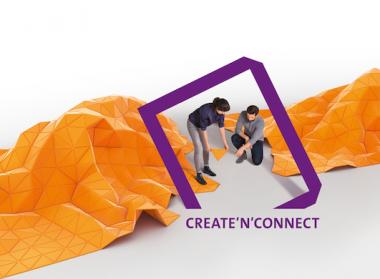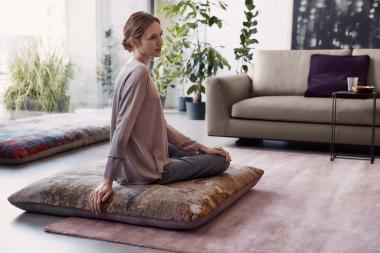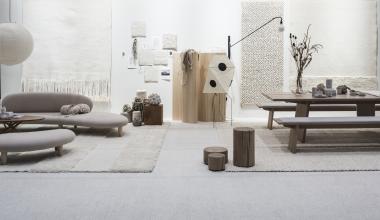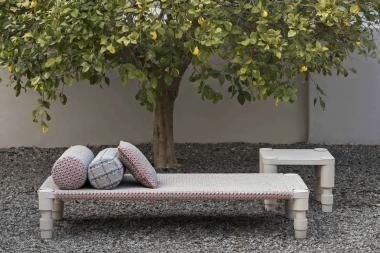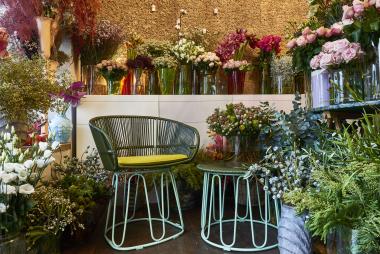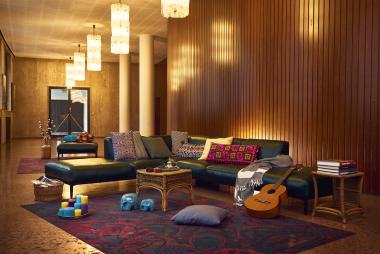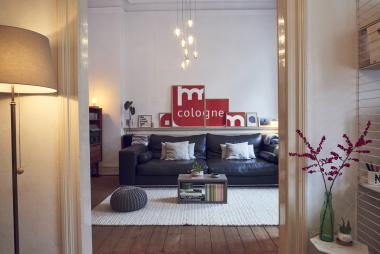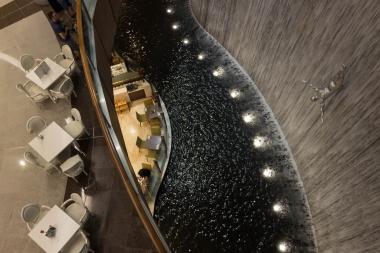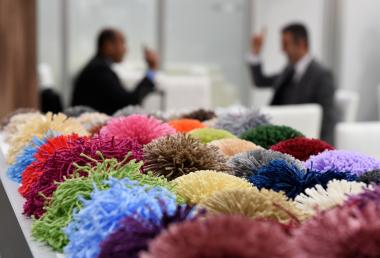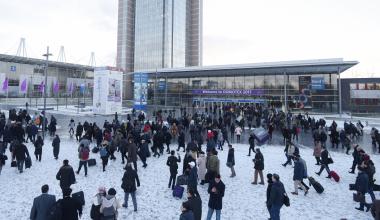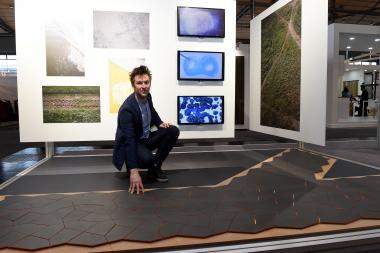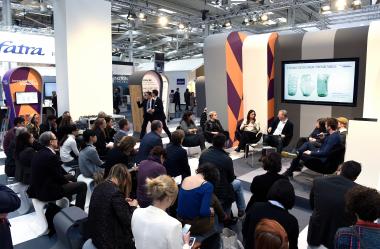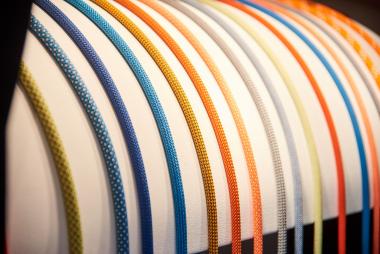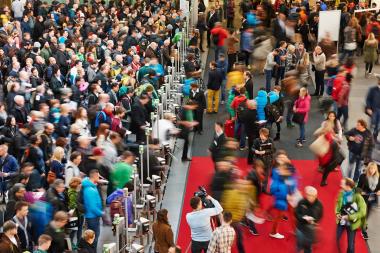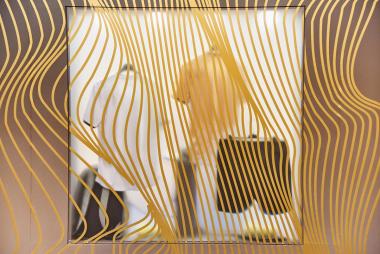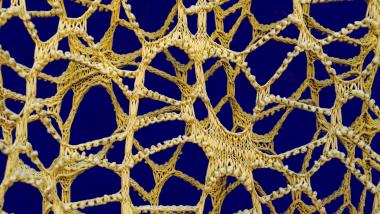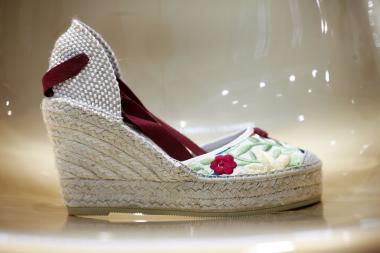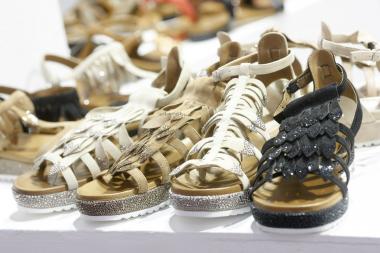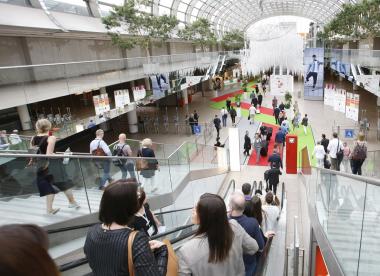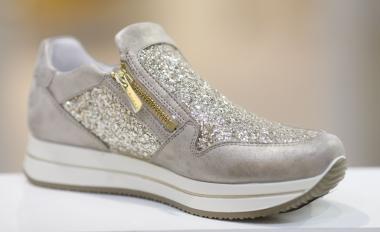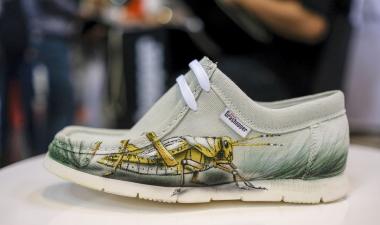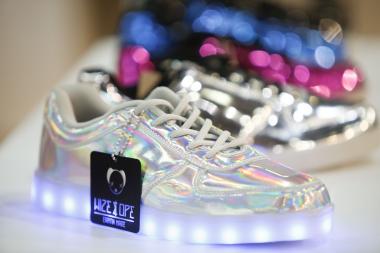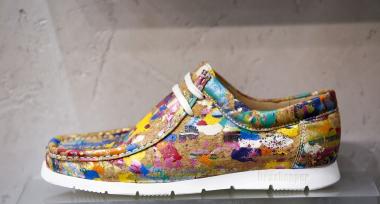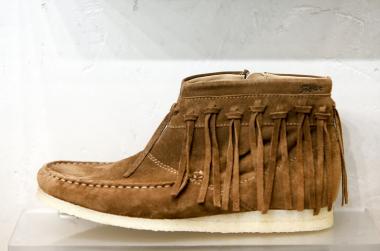The future of fashion: Revolution between fast and slow fashion
The fashion industry is massively influenced by the change in social values. Which trends can be observed and in which direction is the fashion future developing - an excerpt from the Retail Report 20231 by Theresa Schleicher.
The fashion industry has been slowed down by the global health pandemic and further affected by the measures taken in the wake of the Ukraine war: Fragile supply chains, increased transportation and energy costs, and rising prices are having an impact on the globalized fashion industry. Those who were moving the fastest are being hit the hardest. Fast fashion based on the principle of "faster and faster, cheaper and cheaper, more and more" - which has been in the fast lane for years - is now experiencing an unprecedented crash. Even without these momentous events, the fashion system would have reached its limits. What could have developed evolutionarily is now being revolutionized. Now and in the future, it will be particularly difficult for brands and retail companies that do not have a sharp profile or that have lost many customers in the attempt to offer mass-produced goods at prices that are still lower than those of their competitors.
New value paradigm in society - also for fashion
While fashion retailers and fashion brands are focusing on expanding online and have been putting their foot on the gas pedal since the corona pandemic at the latest, a parallel change in values is taking place in society. Many behaviors that have been practiced, tested and lived for months will continue to shape our consumer behavior and lifestyles in the future. The uncertainty in society as well as a shrinking economy and rising consumer prices as a result of the Ukraine war will further contribute to this shift in values.
The old paradigm was "primarily shaped by pragmatic factors such as price, quantity, safety and convenience, so consumer behavior was predominantly based on relatively simple cost-benefit calculations." The new value paradigm, on the other hand, is more strongly influenced by "soft factors". For example, the quality of a product is defined more holistically. In addition to price, "ecological, [...] ethical and social aspects are also taken into account. It is about positive or negative experiences that one has had with producers and about the visions that they pursue with their companies". This new value paradigm is forcing the large chain stores in particular to rethink. They have to develop their business models further in the direction of sustainability, transparency and responsibility - and show attitude. The influence of the neo-ecology megatrend combined with the push towards the sense economy is reshuffling the cards in the fashion industry.
The most important driver for the change in consumer behavior is climate protection, which is also becoming personally more important to more and more people because they are feeling the effects of climate change themselves in their everyday lives. The transition to a sustainable, bio-based and circular economy is accompanied by fundamental changes in the technical, economic and social environment.
Circular fashion as an opportunity for fast fashion
The development of the fashion industry - especially the fast fashion industry - towards a more circular economy is not a short-term trend, but one of the most long-term and at the same time forward-looking trends in retailing of all.
Even before the pandemic, a growing proportion of consumers placed value on sustainably produced clothing instead of constantly shopping the latest trends. A reset is needed, but the fashion industry faces a difficult question: How can it respond to the demand for new trends without neglecting its responsibility for the environment?
The solution for reducing emissions and conserving raw materials and resources seems obvious: produce less. On average, 2,700 liters of water are needed to produce a T-shirt - that much drinking water would last a person for two and a half years. In Europe, each person buys an average of 26 kilograms of textiles per year - and disposes eleven kilograms. Of this, almost 90 percent is incinerated or ends up in landfills. Overproduction, precarious working conditions during production and the use of non-sustainable materials are the major problems of the fast fashion industry. It is time to slow down fast fashion.
Fashion recycling by Design & Recycling as a Service
A first step towards keeping fashion and textiles in the cycle for longer is to recycle materials properly. In the future, recycling must be considered as early as the design stage - not only for sustainably produced fashion, but also for fast fashion. The H&M Group, for example, developed the Circulator for this purpose: The digital evaluation tool guides the designer through materials, components and design strategies that are best suited for the product depending on its purpose, and evaluates them in terms of their environmental impact, durability and recyclability.
However, more and more young companies are specializing in offering recycling for textiles as a service. They work directly with fashion retailers or fashion brands to enable the best possible recycling, re-circulation or even upcycling. Until now, it has not been worthwhile for large textile companies to invest in their own recycling systems. But Recycling as a Service is a market of the future, led by innovative start-ups such as Resortecs that are tackling previous hurdles in our recycling system. In the future, more and more new service providers will pop up around returns and recycling and help fashion retailers to align their material cycles more sustainably.
Secondhand conquers the fast fashion market
Another way to extend the life of clothing is to pass it on to new users. We are witnessing the triumph of vintage, retro and more - chic secondhand stores and chains like Resales and Humana are popping up everywhere. The renaming of secondhand to pre-owned or pre-loved also illustrates the increased appreciation of worn clothing. The trend toward secondhand also pays off economically for companies: The number of platforms whose business model revolves around the resale of clothing is increasing, and secondhand fashion is arriving in the middle of society. The luxury segment and especially vintage fashion are stable in price because the availability of these unique pieces is limited. Fast fashion, on the other hand, is available in sufficient quantities and is particularly interesting for price-sensitive customers, as secondhand is considered one of the most sustainable forms of consumption - meaning that fashion can be shopped with a clear conscience - and is usually even offered at a lower price than new goods. The second-hand market will continue to professionalize and become more socially acceptable. As a result, the fast fashion industry will also be forced to produce higher quality clothing in order to become or remain part of the circular system.
Slow fashion gains momentum thanks to technology
The development and orientation of fast fashion towards circular processes is also changing sustainable fashion. In the future, fast fashion and slow fashion can learn from each other to fully exploit their potential: fast fashion will become more sustainable, while slow fashion will focus on faster availability and delivery and make the customer experience as pleasant as possible. Fast and slow fashion are no longer compelling opposites - because the sustainable fashion movement can also benefit from technological innovations that are being established above all by the fashion platforms, and lift slow fashion to a new level.
At the same time, Sustainable Luxury is a new form of luxury consumption - especially in the field of designer fashion, sustainability is becoming the all-important criterion. Sustainability as a means of distinction for true luxury and sustainability as a basic prerequisite for a functioning fashion industry are increasingly converging. This is where the transition between a slowdown of fast fashion and an acceleration of slow fashion takes place.
Trend Sustainable Luxury
Luxury is defined less and less by the object and its possession and is increasingly becoming an expression of one's own lifestyle and values. Consumers' understanding of premium and luxury has changed - not least driven by the neo-ecology megatrend. In the future, it will no longer be just about owning something as expensive and ostentatious as possible. What began as a rebellion against careless consumption of luxury brands that promise high-end products but accept unfair and environmentally damaging manufacturing conditions in the process has increasingly become accepted as a value attitude. Luxury products have no less a claim than to improve the world.
Sustainable and ethical products and services made from innovative materials that have the power to solve problems and make the world a better place. At the same time, this highly ethically and morally charged form of sustainability is turning into a means of distinction: For the materials are so new, the manufacturing processes still so experimental, that the products are unique and often only available in very small quantities or on order. And this exclusive sustainability naturally comes at a price. After all, a company that pursues a mission is not concerned with simply cutting costs - certainly not at the expense of others or the environment. Instead of leather and fur, luxury fashion is now made from oranges, pineapples, hemp, cacti: there are more and more new, innovative and sustainable materials from which unique garments and accessories can be made.
Predictive, Pre-Order & Made-to-Order
Artificial intelligence and Big Data analysis can help predict fashion demand. Fast fashion leaders like Shein are characterized by agile production which is supported by AI algorithms for trend prediction fed with data from TikTok and other social media services. This could sustainably reduce overproduction and unsaleable goods in the future. As critical as Shein's practices are, the automation of processes also offers immense opportunities for a more sustainable fashion industry, as production only starts when goods are in demand.
AI support in the design process can be used to produce more sustainable fashion - and make it available more quickly. In a future of an avatar economy and in the world of virtual influencers, it may even be possible to dispense with part of the production process: Fashion will remain virtual - and thus more resource-efficient. Digital fashion will become increasingly important as the metaverse is built.
5 Key Takeaways on the Future of Fashion
- The current crisis in the fashion industry is an opportunity to move more in the direction of circular fashion. Above all, the new value paradigm in society, understanding quality more holistically and consuming more mindfully, is providing a push towards fairer, more ecological and more social fashion. Fast fashion and sustainability are not mutually exclusive.
- There are already first approaches to keep fast fashion in the cycle longer or to return it to the cycle. One important development is to consider recycling or reuse as early as the design and manufacturing process - known as recycling by design. In addition, there is a growing number of start-ups specializing in the optimized recycling of textiles and cooperating with major fashion players.
- Above all, the booming online trade in used fashion, often communicated as the pre-loved or pre-owned category, is making secondhand respectable for the mainstream. Such fashion, with a story and an aura of uniqueness, is also a cost-effective but more sustainable alternative to fast fashion.
- But slow fashion is also changing, especially due to the dominance of new technologies. Slow fashion can also benefit from processes that are currently manifesting themselves in the online fashion market, such as fast delivery or pre-order services. Slow fashion thus becomes more convenient, better and faster available. It will be easier for sustainably oriented fashion enthusiasts to consume according to their values and attitudes.
- The trend toward sustainable luxury continues: Sustainability as a means of distinction for a new form of luxury enables alternative manufacturing processes and innovative materials in the luxury fashion market. These are being showcased by an avant-garde and, if they prove successful, adapted by fast fashion.
1 https://onlineshop.zukunftsinstitut.de/shop/retail-report-2023/
Retail Report 2023 | Theresa Schleicher, Janine Seitz | June 2022



